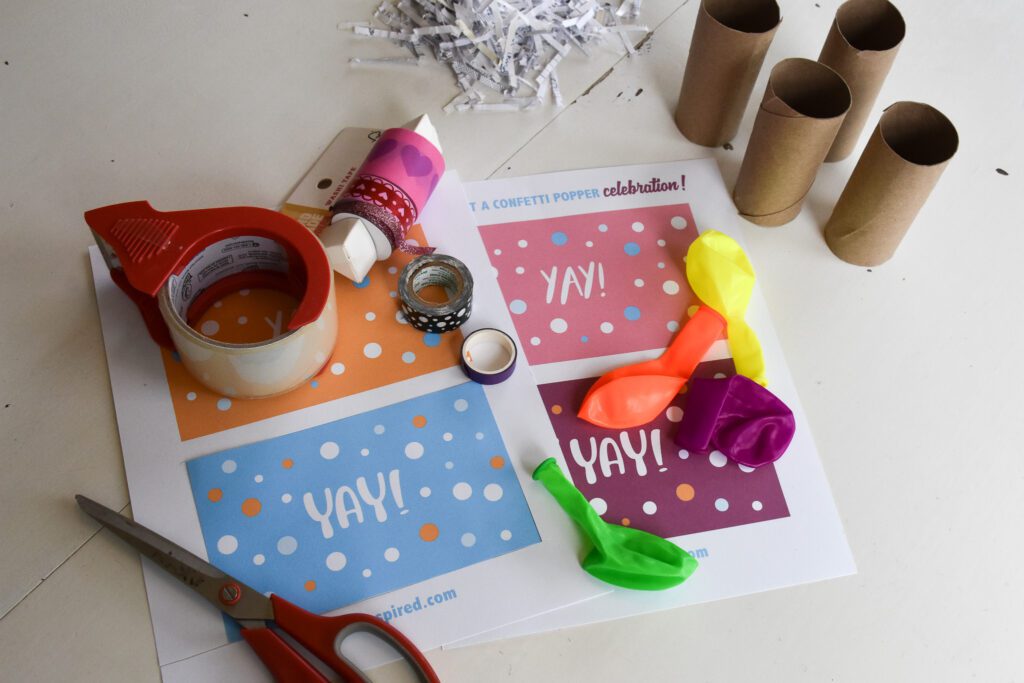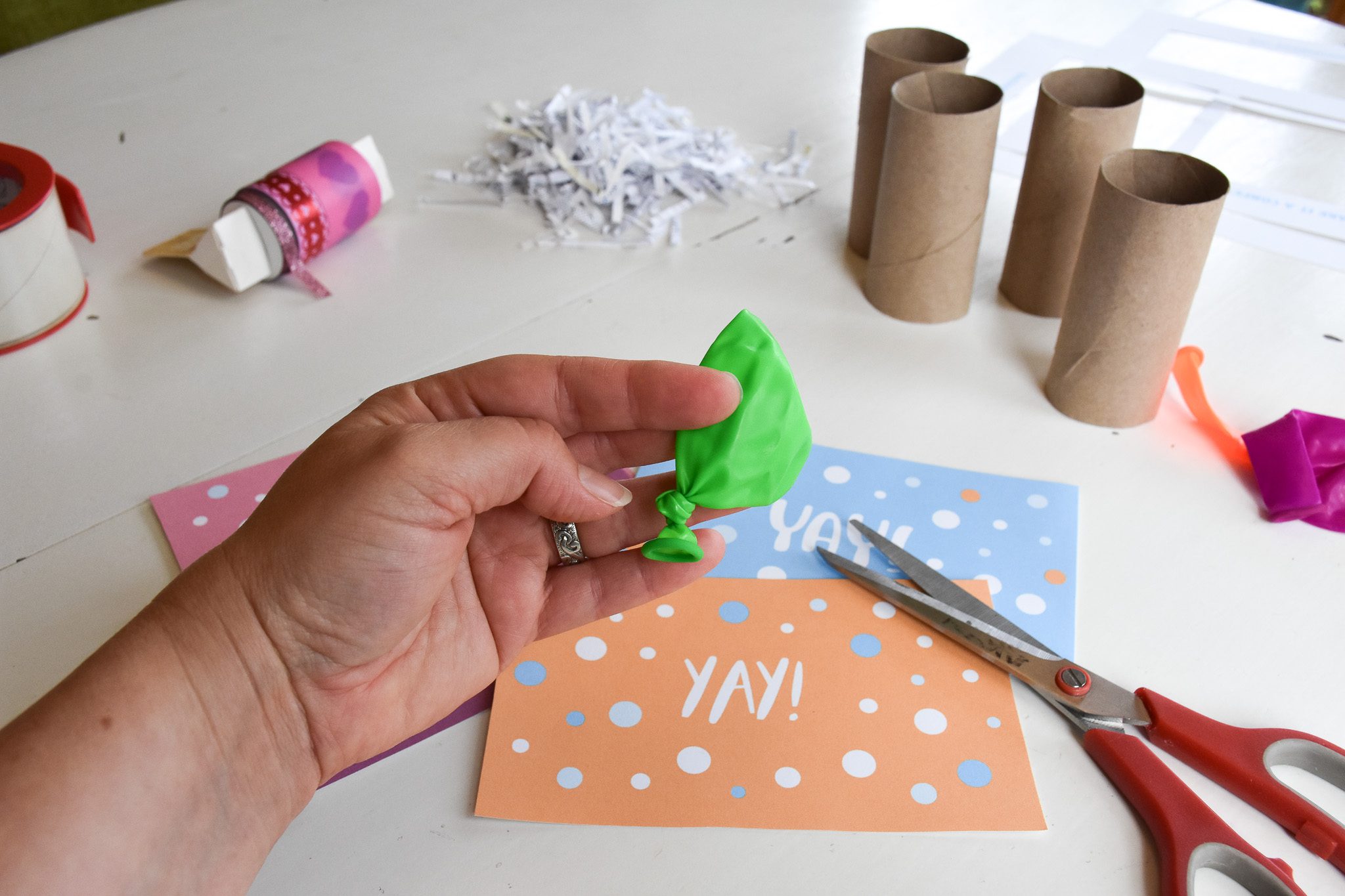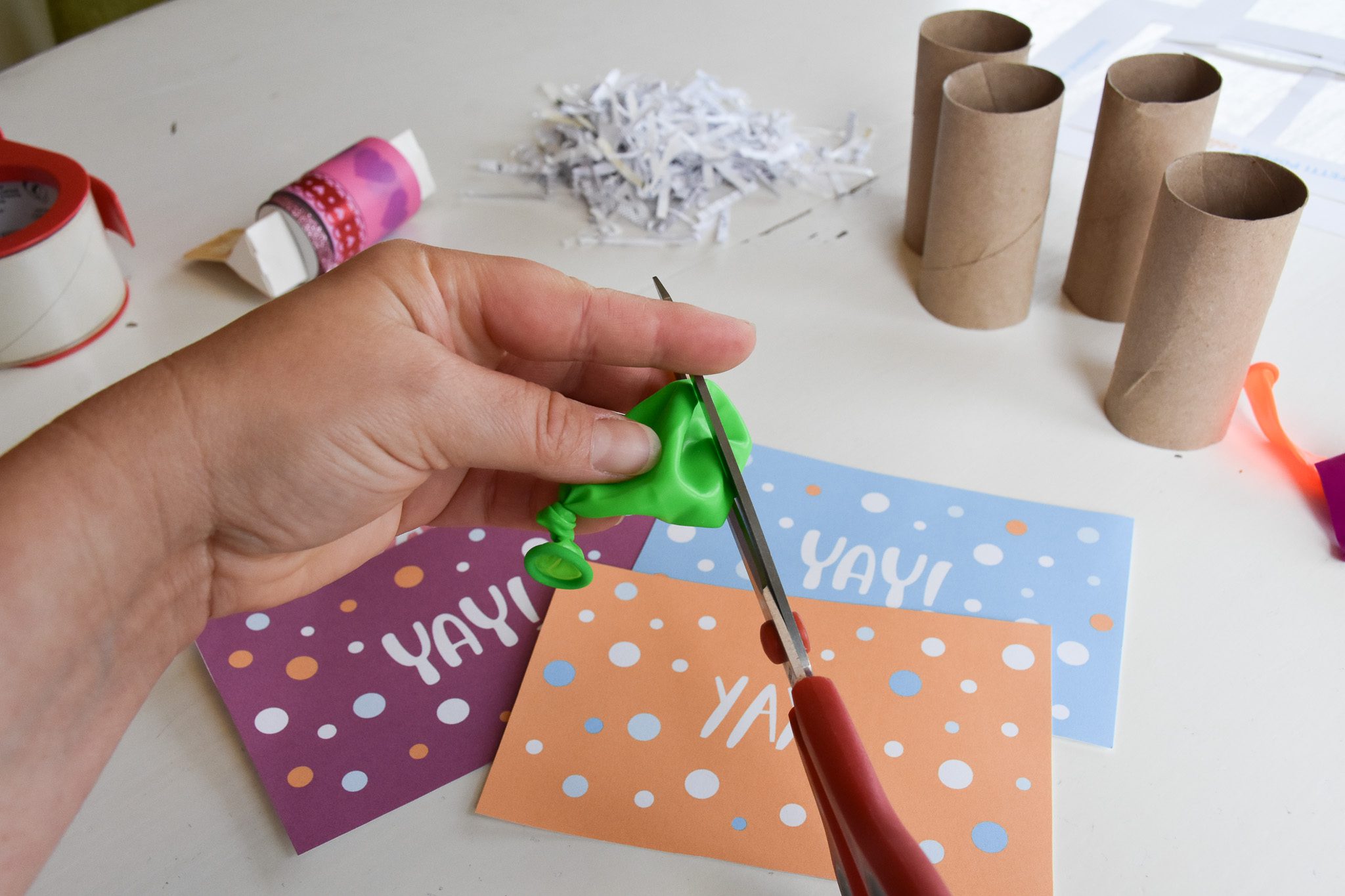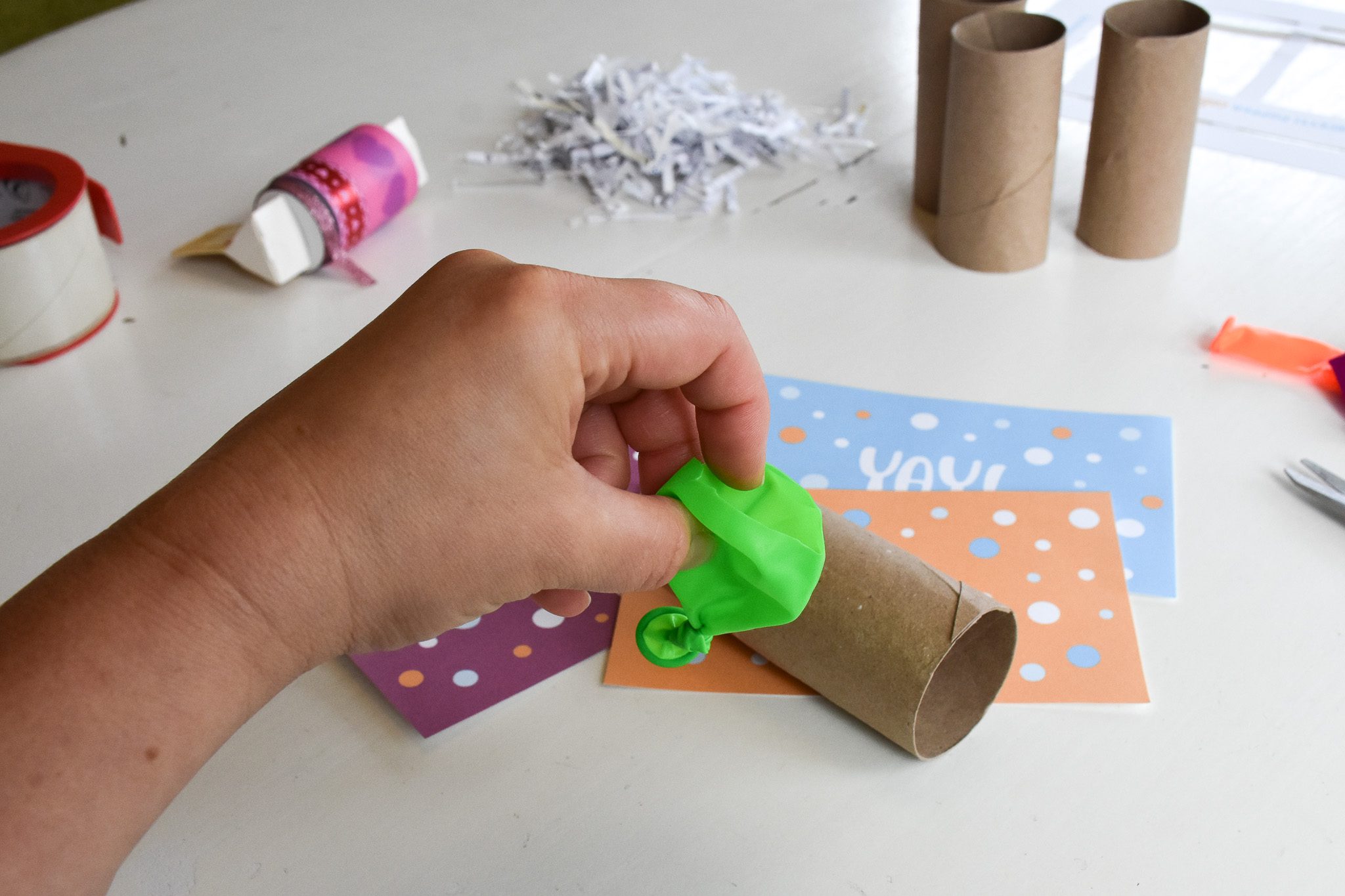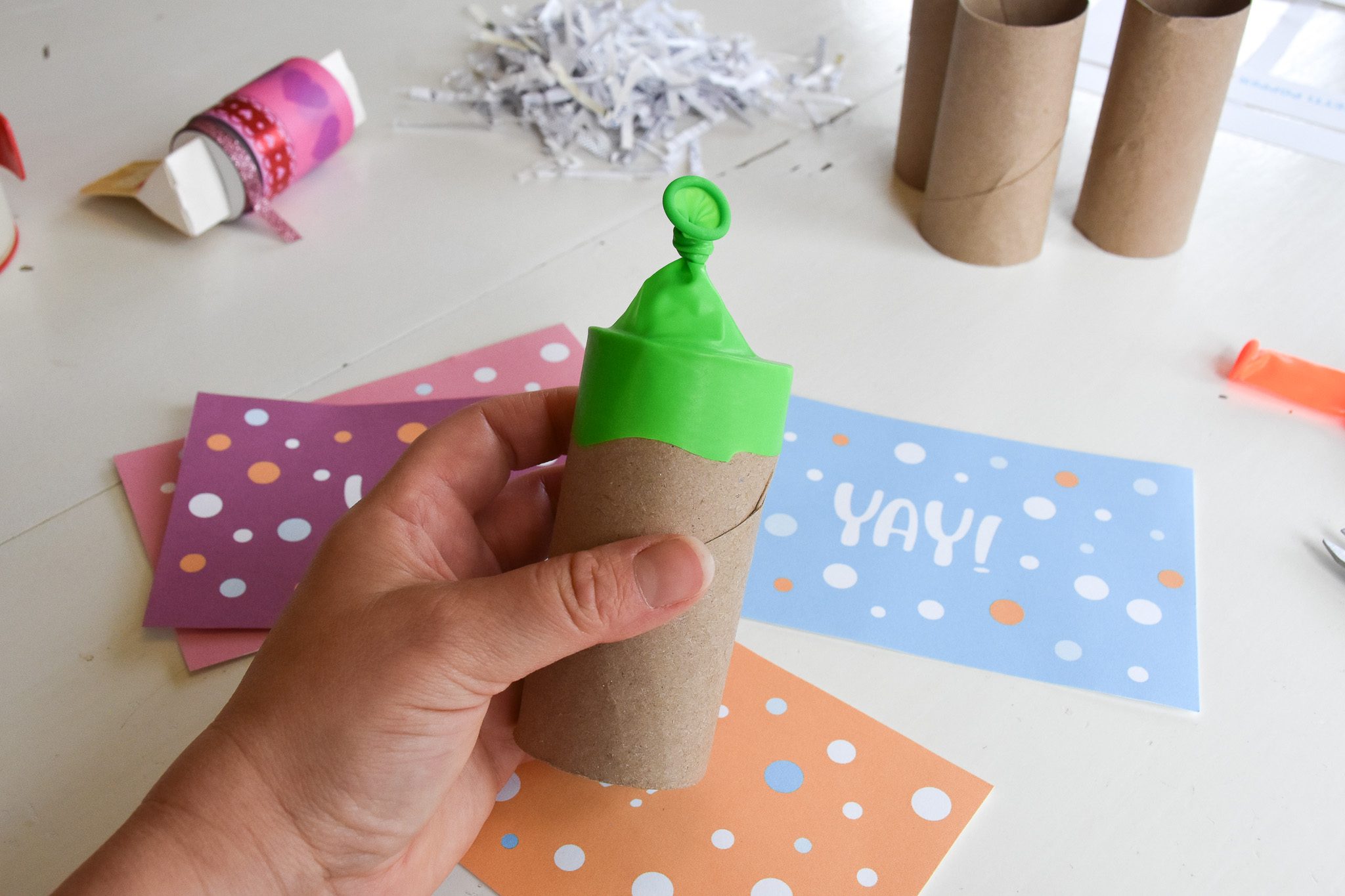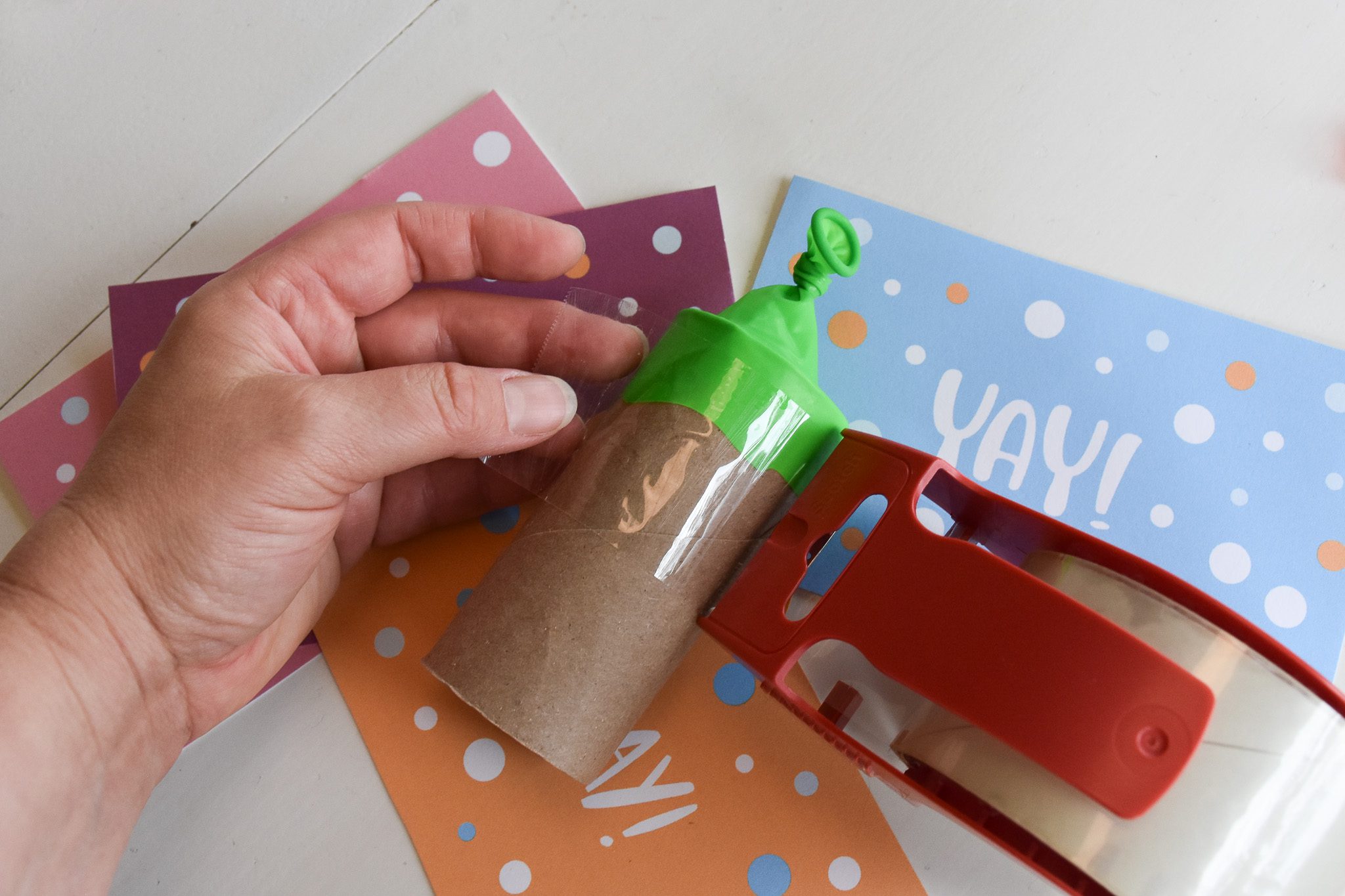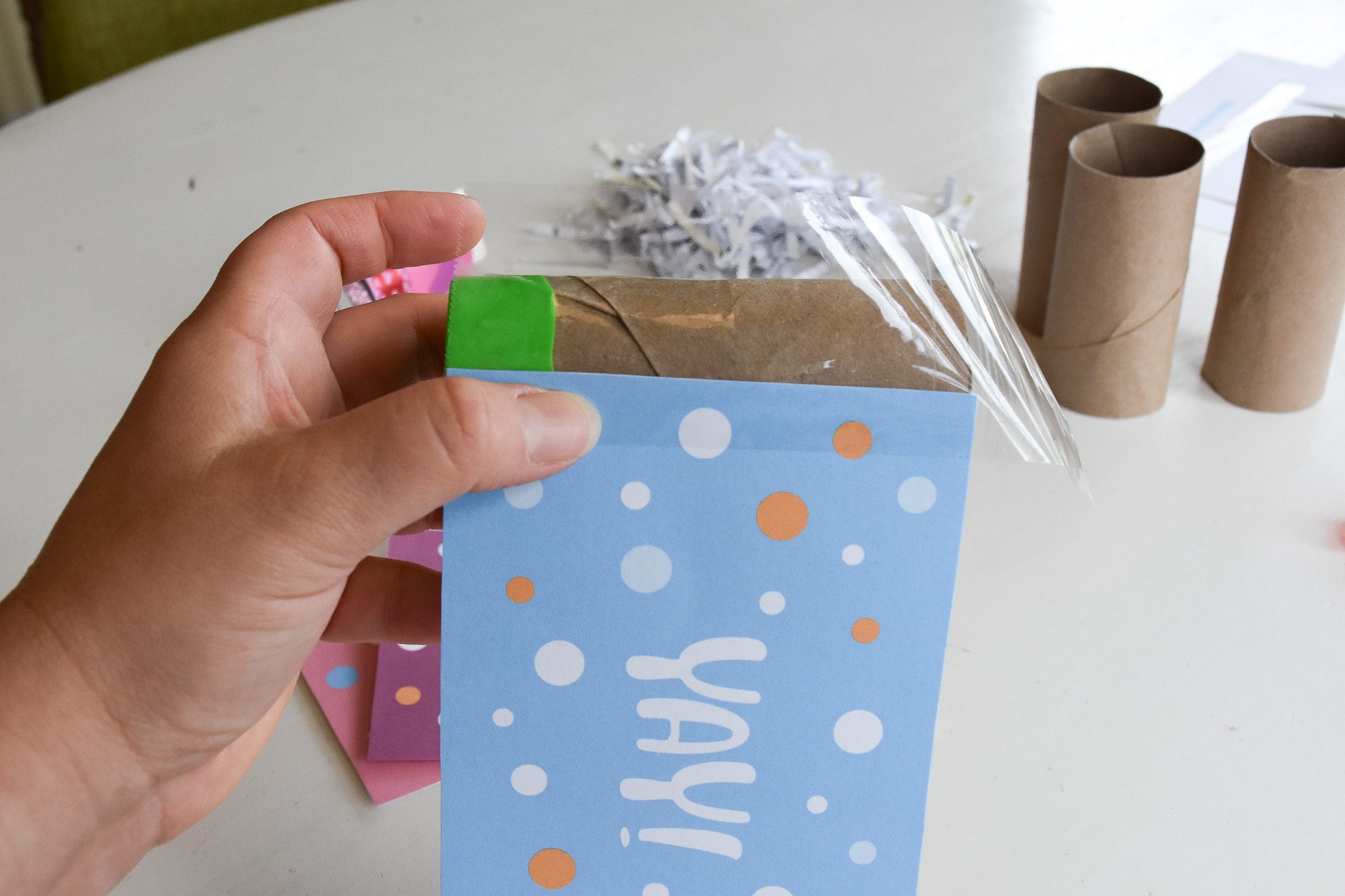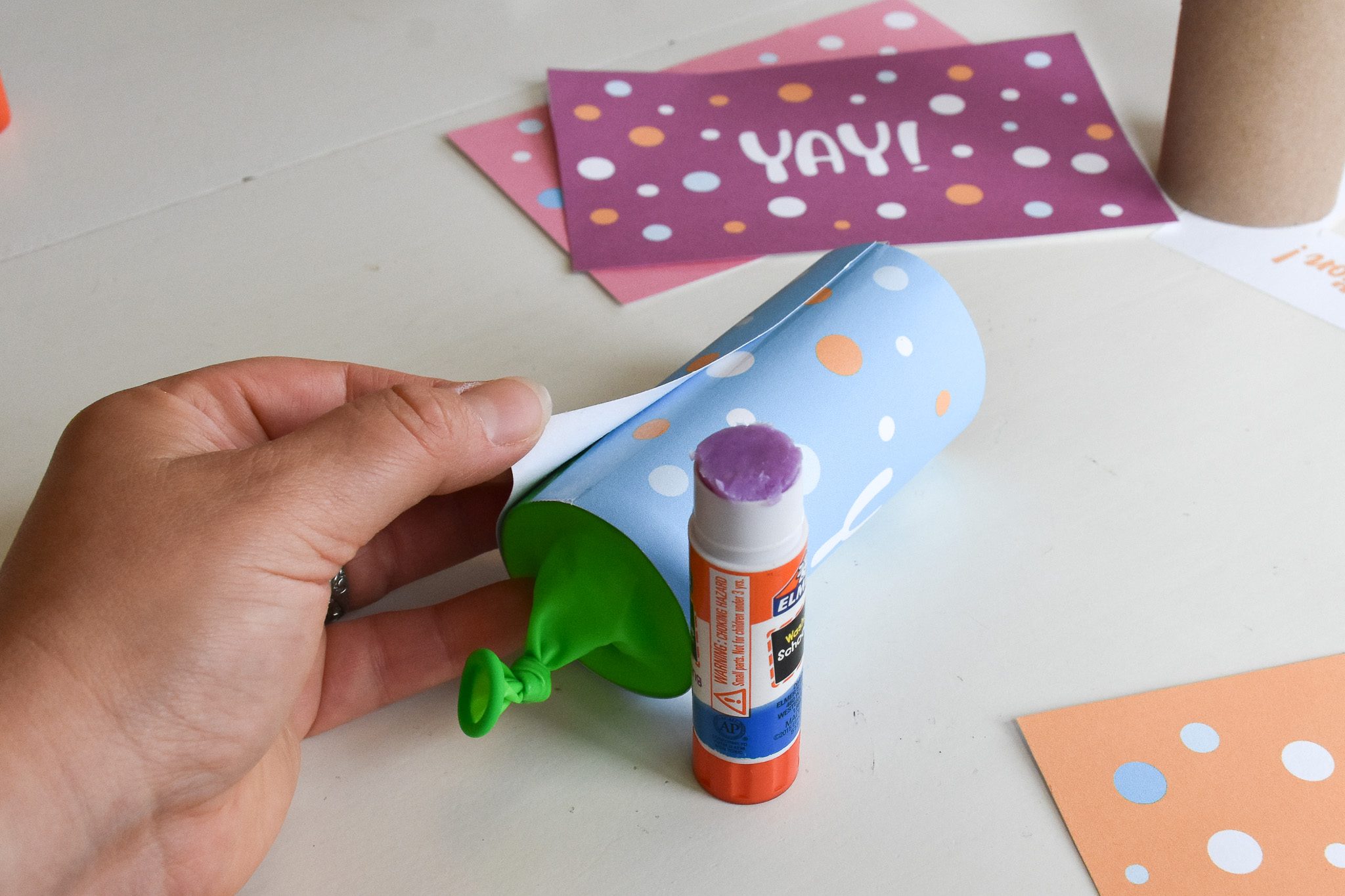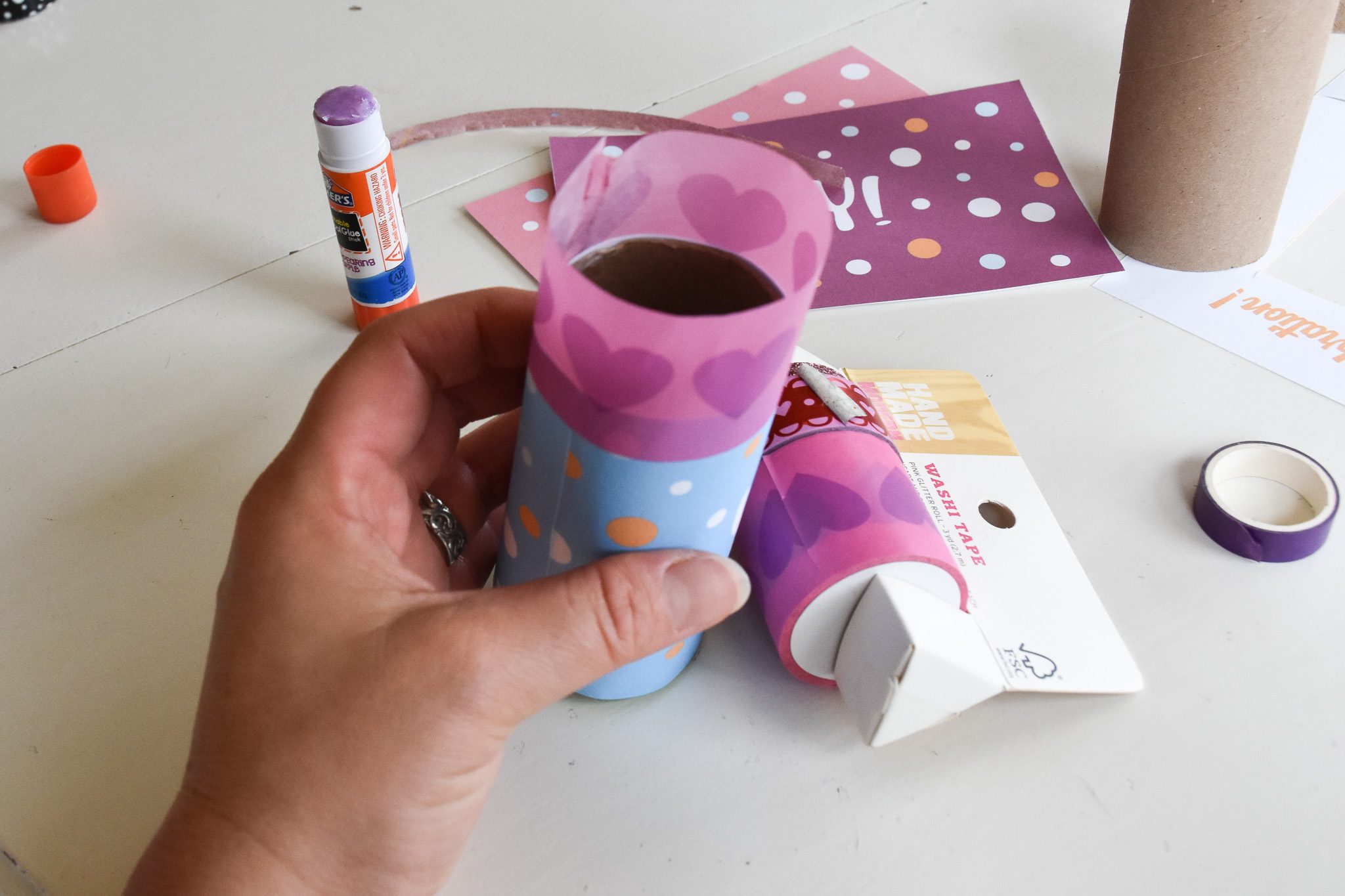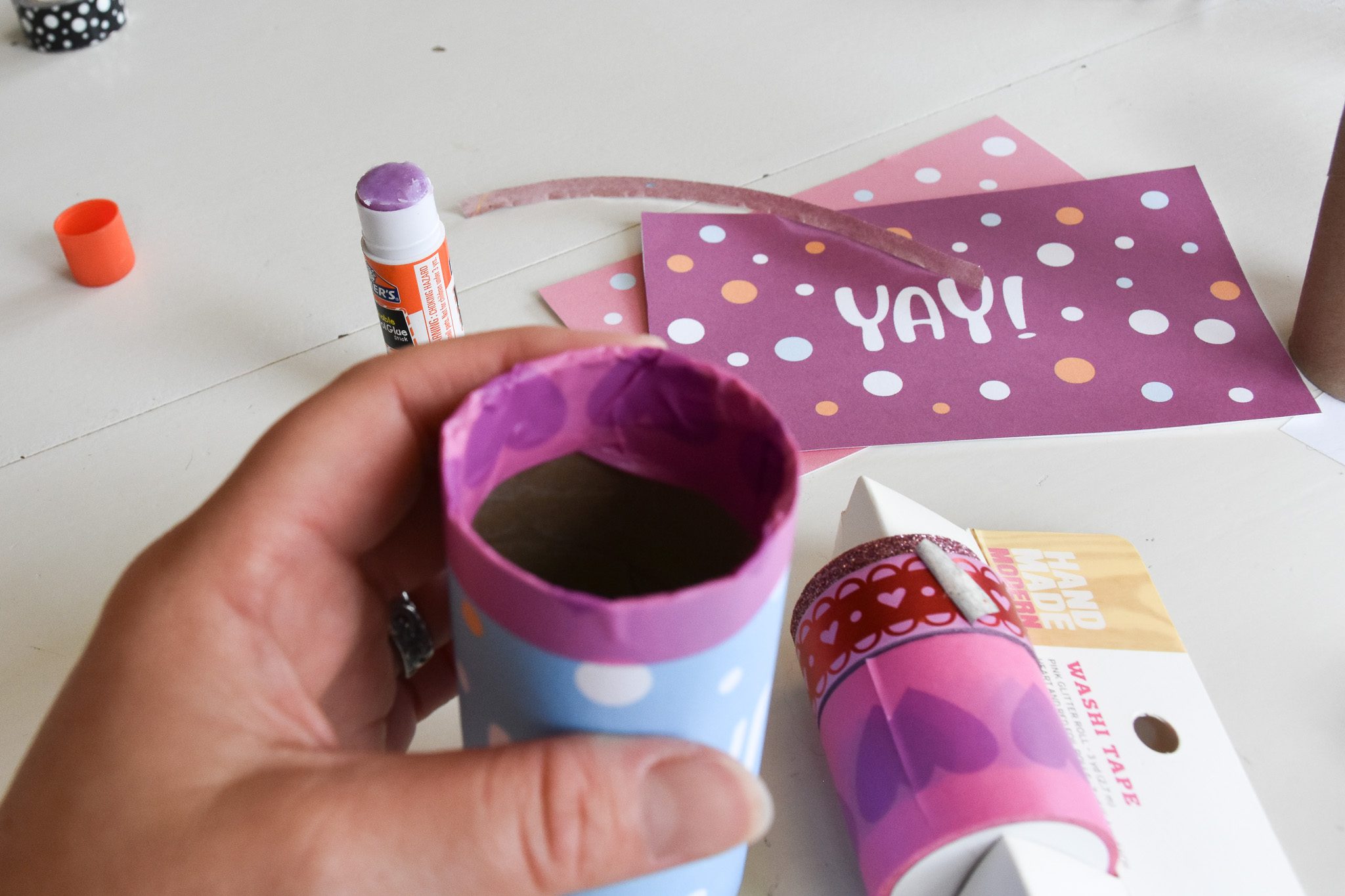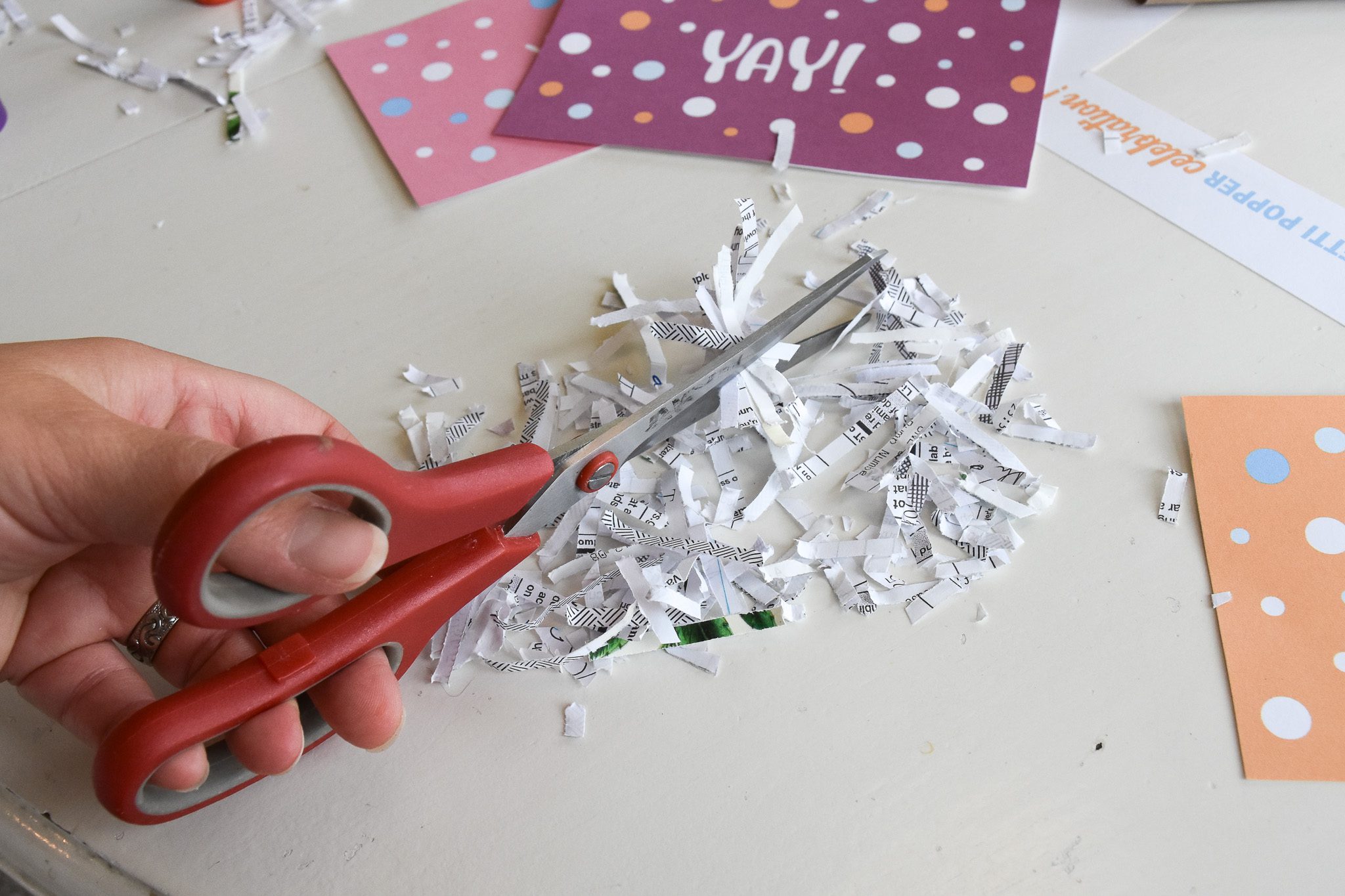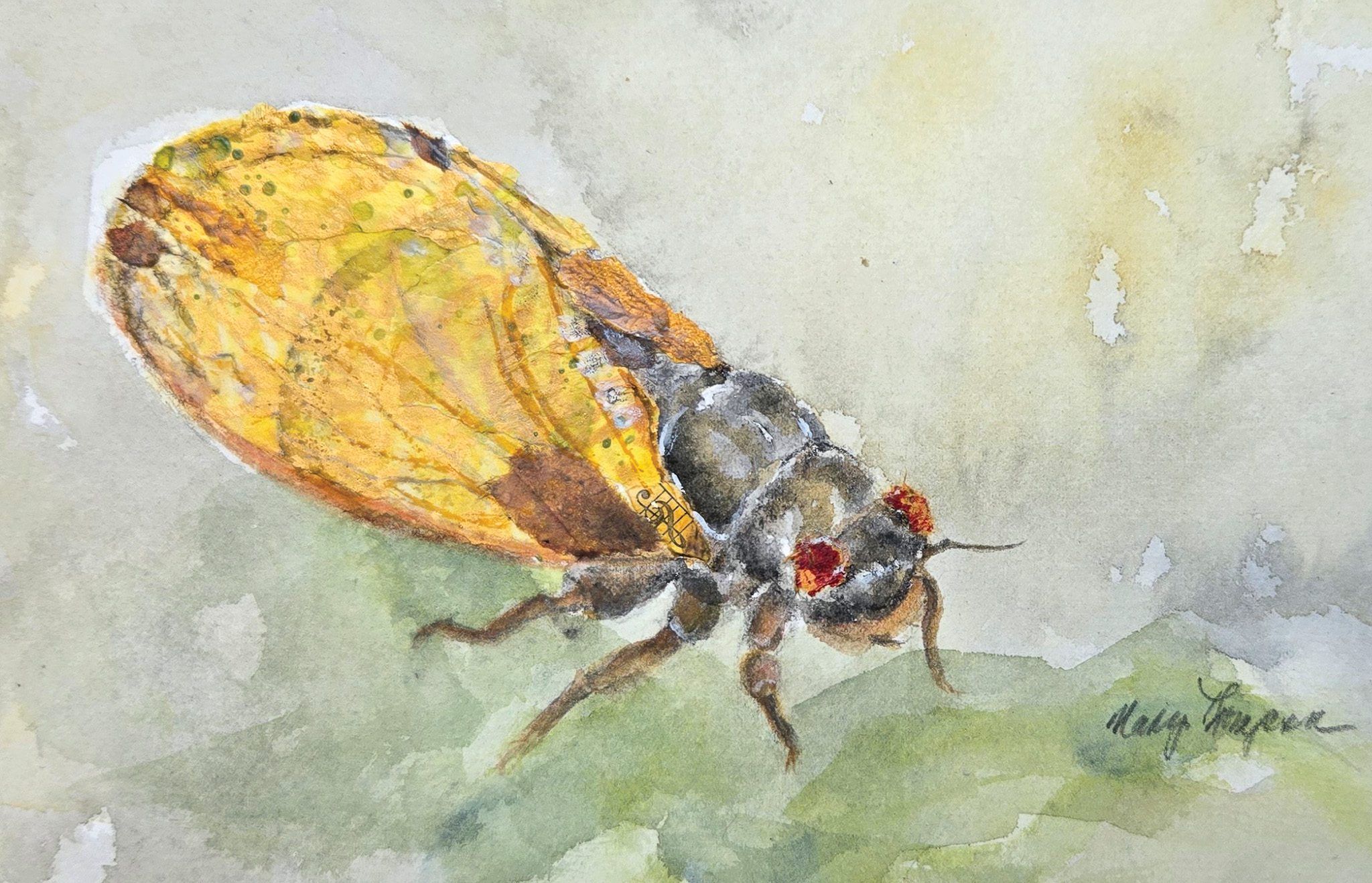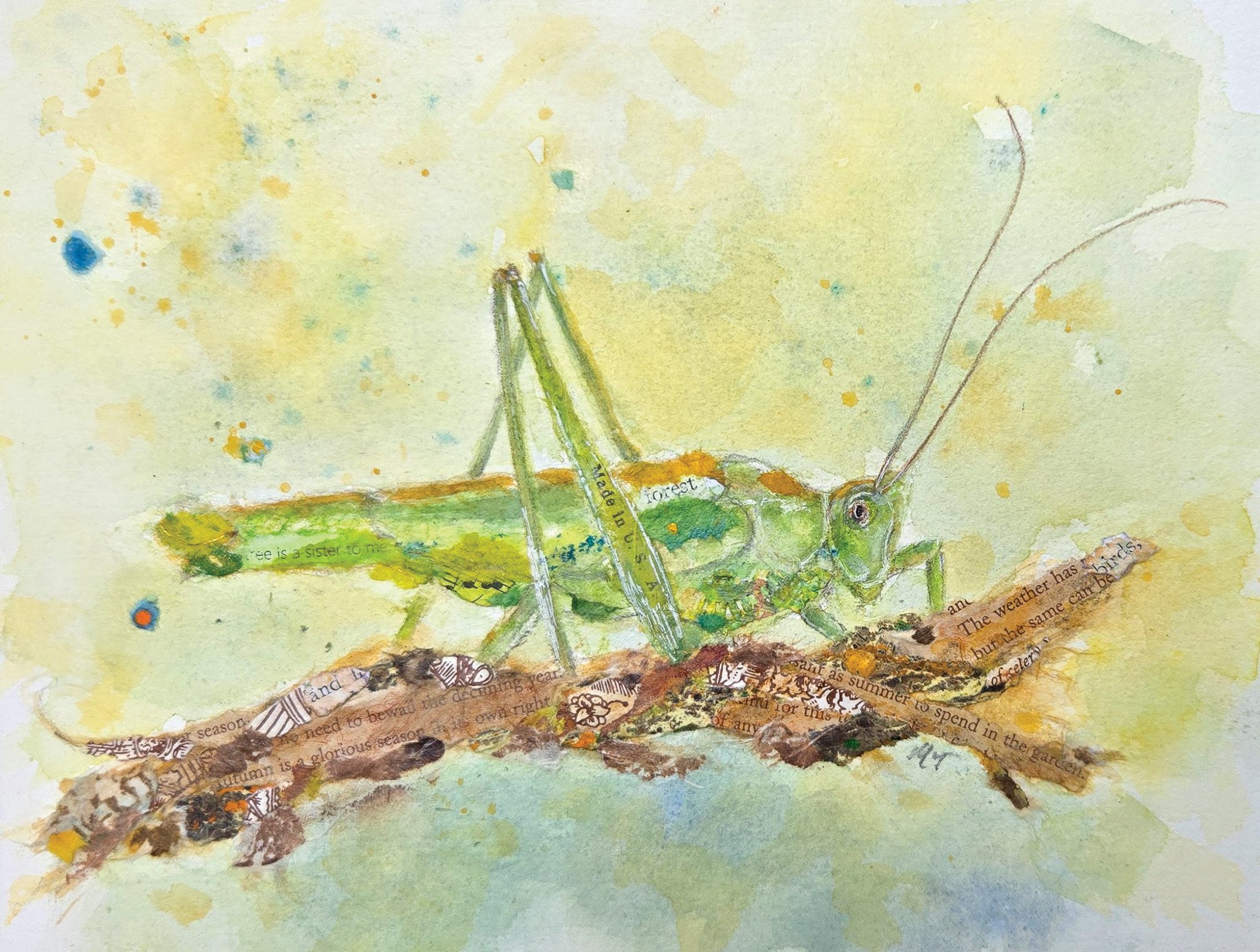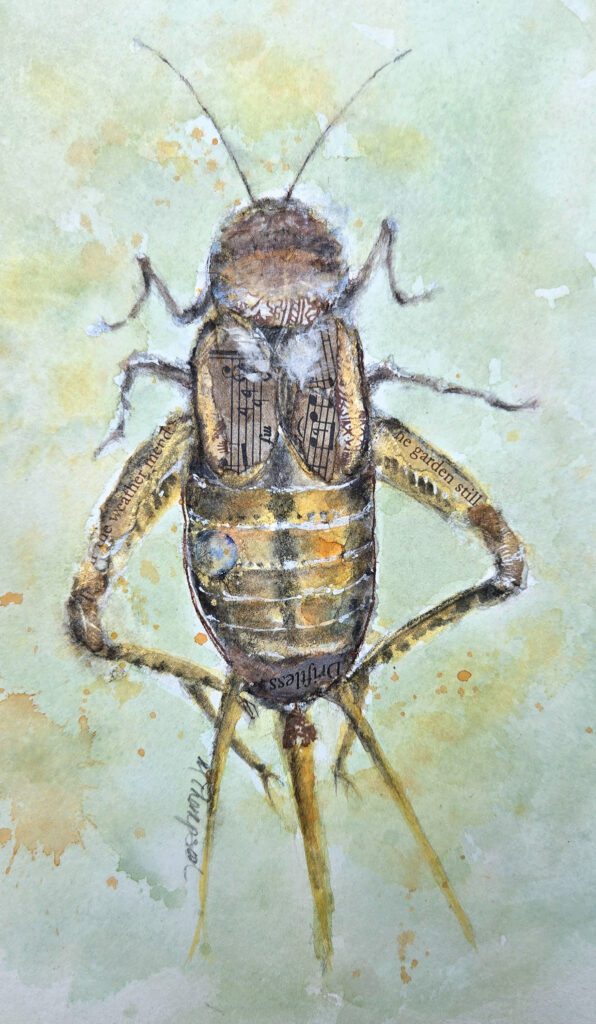
The ability to make my own choices is honestly something I’ve never lived without. I mean, of course as a younger kid there were decisions that my parents or other adults made for me, but to be able to live the lucky, choice-filled life that I have become accustomed to is something I’m really grateful for.
However, I associate choices with decisions, and oftentimes, deciding is super hard. Throughout your whole life, you have to make completely different decisions about different situations with different levels of importance.

For example, I remember one time, when I was maybe seven years old, my grandma took me along to Walmart. Being the American Girl Doll obsessed kid that I was, I went straight to the doll aisle and spent a good amount of time perusing the shelves, eventually finding these two mini, Walmart baskets, each filled with a different type of (fake) food. Of course, I did that completely torn, trying-to-decide-how-I-can-live-with-only-one-or-another face that all children do, but after a while, I figured out I actually had to decide on just one. I remember this story because I spent so long debating which one was the better option (sorry grandma), but eventually, I decided, and we got my mini basket of food and left. It was put to good use, by the way (thanks grandma). The point of all this is to show how what seems like a simple decision can feel really hard in the moment.
As I’ve gotten older, I’ve had to make more and more decisions about all sorts of things. Some recent ones are what activities I want to do for school, what I want to request for my birthday, and how can I get rid of some of my clothes and junk I’ve collected over the years? In the coming years, I’ll have to decide my choice of career, even begin to set up my life and figure out who I’m going to be, and the people I want to be there with me.

There also are certain things I will choose to prioritize this school year. Sports is a big one, as we start school sports in seventh grade and I’m very excited to have the opportunity to participate in them. I’m doing cross-country this fall, basketball in the winter, and track in the spring. So, I’ll be busy, but I’m going to do my best. I’m also going to prioritize my relationships with my friends and family. This is really important to me, as some of my friends and I are doing different activities and have different school schedules, so we can’t hang out as much as we can during the summer. Friends are super important as you go through school and just in general and I am so lucky to have them, and grateful to have been able to make more friends throughout my life. My parents are also (along with being my family) some of my best friends and I’m so fortunate to have that kind of relationship with them. In order to prioritize these things, I’ll need to really just let go of thoughts or people that don’t benefit me or that hold me back and move on.
Rounding out that list of rules or goals is the often said “last but not least” final priority: to have fun. Not just this year, but whenever I can. There’s almost always a bright side that you can find, always a way to move on, to forgive and forget. I think I got this way of thinking from my mom and I’m glad I did. It’s not really something you inherit, but being able to be positive is the key to having fun. So, the next hard decision I’ll face, or problem I have, I’ll find a bright side, a solution, and move on to the next fun chapter.
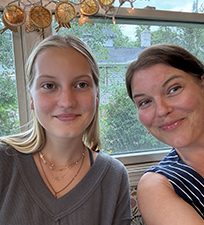
Roxie Nichols
Roxie Nichols, daughter of Inspire(d)’s Aryn Henning Nichols & Benji Nichols, is a seventh grader at Decorah Middle School.
We created Future Focused, a new Inspire(d) column written by pre-teens and teens, to help give the next generation an opportunity to share their voices. This issue, we have a lovely piece by our daughter, Roxie, all about making choices (and how difficult that can sometimes be). Agreed! You can read all the Future Focused pieces published so far at iloveinspired.com/category/future-focused. Here’s to Listening to the Next Generation! – Aryn





